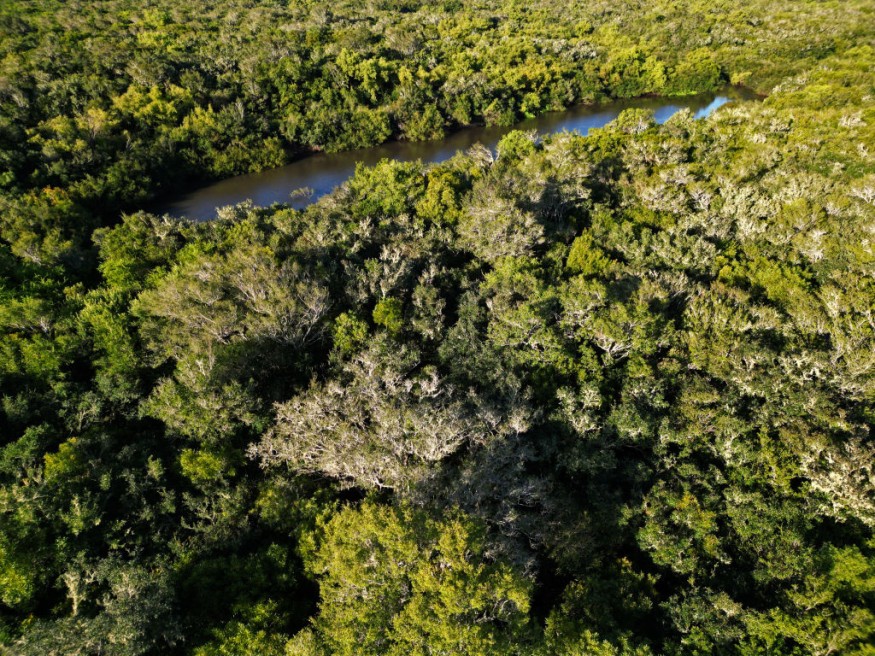A recent report found ways to sequence the entire genome of snakeflies. The discovery can help researchers to understand the evolution history of said species that lived during the time of dinosaurs.
Understanding the different species in the wild can provide new insights for scientists to protect them from potential threats or population loss. In the new efforts, experts explained that the snakefly's genome can help unravel the evolution history of snakeflies.
Unlike other species, snakeflies are small and easily recognizable. They are known as predatory insects, with about 270 species in the wild. The insect can live in temperate environments.
According to recent reports, snakeflies were first seen during the early Jurassic. As a result, the recent discovery will bring new ideas about the evolution history of their species.
Snakefly Genome And Understanding Their Evolution History

In terms of size, snakeflies (Raphidioptera) can range from 15 to 30 mm with large round eyes. The said species are found in parts of Asia, Europe, Central America, North America and Africa.
The diurnal insects have managed to live despite the challenging weather conditions. Researching about the Raphidioptera will offer new knowledge about their existence. Around 250 species of snakeflies can be found in the Northern Hemisphere.
According to the report, the species number was widespread about 66 million years ago. When the massive asteroid impacted Earth, climatic changes significantly reduced the species due to extreme temperatures.
Then research findings were published in the Journal of Heredity. To increase the species' understanding, researchers studied the Black-necked Snakefly (Venustoraphidia nigricollis).
Prof. Dr. Thomas Schmitt explained that the snakeflies can be considered as living fossils. Professor Schmitt is also the Director of the Senckenberg German Entomological Institute in Müncheberg.
Furthermore, the researchers managed to sequence the genetic material of snakeflies. With the findings, it will unravel the genetic adaptations of said species, including how they survived the devastating asteroids.
According to researchers, the findings were a major step toward knowing more about snakeflies. However, there is a need for more research about snakefly species.
More Facts About Snakeflies in the Wild
The species of Raphidioptera is also popular as camel-neck-flies that also likely appeared during the time of the Carboniferous period or together with dinosaurs.
In the report, snakeflies have four noticeable membranous winds. To finally completing the species life cycle, it will require about two to three years. They also love to stay in woodland habitats or orchards.
Related Article : Alien Earthworm Population Likely To Increase Due To Human Activities, Threatens Native Earthworm Species
For more similar stories, don't forget to follow Nature World News.
© 2025 NatureWorldNews.com All rights reserved. Do not reproduce without permission.





